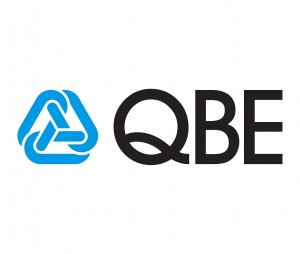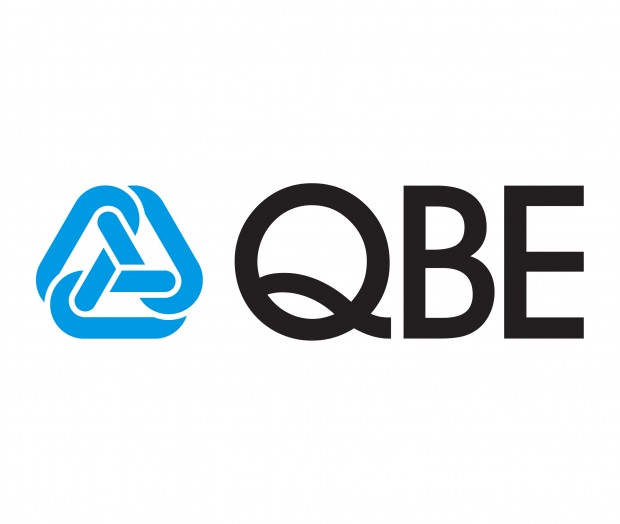 QBE announced to the market this week that it expects a $1.2 billion after-tax loss in 2017 on “unprecedented” natural catastrophe claims.
QBE announced to the market this week that it expects a $1.2 billion after-tax loss in 2017 on “unprecedented” natural catastrophe claims.
“This has been a challenging year for QBE, reflecting an unprecedented cost of catastrophes as well as the particularly disappointing deterioration in our emerging markets businesses,” said QBE’s Group CEO Pat Regan, who took over the role of CEO at the beginning of the year, after his predecessor John Neal stepped down.
QBE predicts a full-year 2017 (FY17) combined operating ratio (COR) of around 104 percent, which is above the group’s target COR range of 100-102 percent. (When a COR is over 100 percent, the company is losing money on its underwriting results.)
In an analysts’ call on Wednesday, Regan said the expected combined ratio of 104 percent includes about six points of catastrophe claims and other one-off type items, such as extra weather-related smaller attritional claims in North America (from hailstorms) and Hong Kong workers’ compensation, which add another point or so on the COR.
“Even if you were to allow for that, our results clearly need to improve in 2018 and beyond,” which will be accomplished by simplifying the group and reducing risk, he emphasized.
Regan said the company will be implementing a program called “Brilliant Basics,” which aims to ensure a consistently high standard across the company for underwriting, risk selection, pricing and claims. (Regan first introduced this program successfully when he was CEO of QBE’s Australia/New Zealand operations, prior to becoming group CEO).
QBE attributed its expected FY17 $1.2 billion loss as follows:
- Natural catastrophes. Significant Q4 catastrophe activity, including California wildfires and late December storms in Australia, coupled with adverse development from Hurricane Maria, which all added around $130 million to the net cost of catastrophes. In a presentation to analysts on Wednesday, Regan said the group’s net cost of large risk catastrophe claims is now around $1.85 billion, or 15 percent of net earned premiums, which will add about 1 percent to the group’s FY17 COR.
- Reserving. A review of year-end claims reserves, led the company to strengthen claims provisions by around $110 million, primarily in North America and Asia Pacific. The Asia Pacific reserve strengthening was mainly the result of Hong Kong workers’ compensation. This compares with previous expectations of a modest reserving release in the H2 2017 and added around 1 percent to the FY17 COR.
- Other smaller items. These losses include weather-related attritional claims in North America (such as hailstorms), and further H2 deterioration in Asia Pacific (again mainly from Hong Kong workers’ compensation).
In addition to the above losses, QBE said that two significant one-off, non-cash items in its North American business have contributed to its FY17 loss expectation. These are:
- An impairment charge of approximately $700 million. The charge is due to a goodwill write-down after an increase in the long-term combined ratio assumption for its North American business.
- A $230 million write-down on the value of deferred tax assets. This charge is the result of the U.S. government’s revised corporate tax rate down to 21 percent, explained Regan.
Regan then broke down QBE’s FY17 results by region:
- North America. “The full year combined for North America is likely to be around 109 percent,” Regan said, noting that that was significantly affected the second half catastrophes, from Hurricanes Harvey, Irma and Maria (HIM), as well as the fourth quarter wildfires. These H2 catastrophes added about seven points to the North American combined ratio, Regan added. QBE strengthened reserves in North America by just over $100 million. Regan said the company executed a loss portfolio transfer to reinsure its commercial auto reserves in North America. “I think that, together with that second half reserve strengthening, sets us up much better for the future in terms of reserving lists.”
- Europe. Regan said the company’s combined ratio for its European operations is expected to be around 95 percent. “This is higher than last year, obviously, partly due to the cat losses from HIM and lower positive prior year development.”
- Australia/New Zealand. “I’m pleased to say that the remediation activities we started some 18 months or so ago [for Australia/New Zealand, continue to deliver an improved performance. The division is expecting a combined ratio of around 92 percent,” said Regan.
- Asia Pacific. Regan said the company expects to have a combined ratio of around 115 percent for its Asia Pacific division, “which really reflects that extra reserving in Hong Kong workers’ comp portfolio.”
- Latin America. Regan expected that QBE’s Latin American business will report a combined ratio of around 114 percent, while a strategic review of the business is well under way.
*This story appeared previously in our sister publication Insurance Journal.





















 New York Regulates Consumer Litigation Financing
New York Regulates Consumer Litigation Financing  Rebuilding Negotiation Talent: Why This Skill Is Missing and How to Fix It
Rebuilding Negotiation Talent: Why This Skill Is Missing and How to Fix It  Why the Middle Market Matters and How Insurers Can Capture It
Why the Middle Market Matters and How Insurers Can Capture It  First Atlantic Hurricane Forecast for 2026 Suggests Season Close to 30-Year Norm
First Atlantic Hurricane Forecast for 2026 Suggests Season Close to 30-Year Norm 


